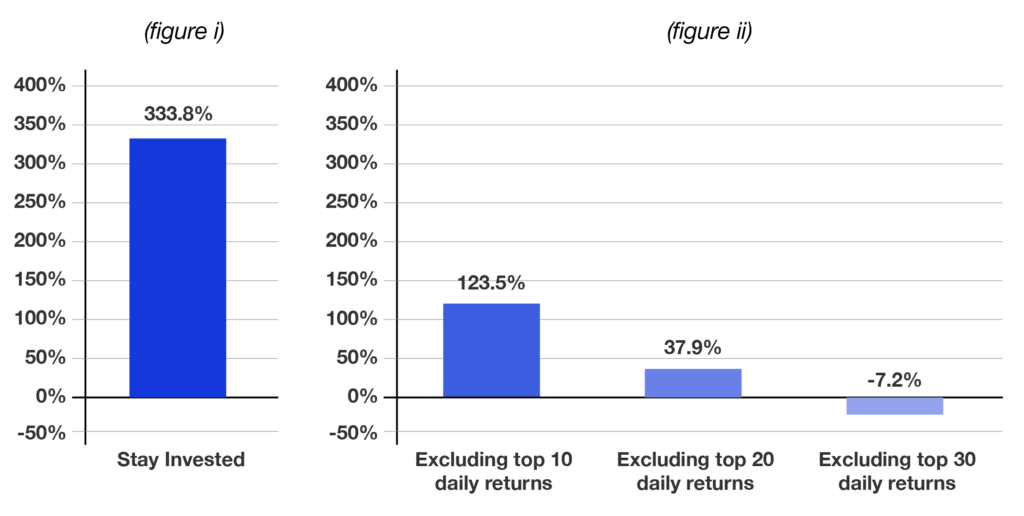Investors can get caught up in media noise and short-term geopolitical and macroeconomic events. Often a series of negative stories from news channels, the internet, and social media tend to fuel investors emotions. They can then put too much emphasis on these short-term events and extrapolate them into long-term themes.
Short-term market movements are often the result of speculative valuations, whereas long-term market movements are based on actual fundamental values of companies. Long-term market movements are more predictable and that’s why staying the course through volatility is often the key to success as an investor.
Most investors are not strictly rational and can be subject to behavioral biases. These biases can steer them away from logical, long-term thinking, and deter them from reaching their long-term investment goals. It’s vital to understand the motivations behind emotional investing and to avoid both euphoric and depressive investment traps that can lead to poor decision-making.

Strategies to Take Emotion out of Investing
Avoiding emotional investing starts with a mindset shift. You must stop thinking of your investments as immediate assets and stop dwelling on the daily fluctuations of your portfolio. Your investments, particularly in stocks, will fluctuate but their value has always shown to rise in the long run.
Instead of timing the market, invest the same amount into your portfolio at regular intervals while adopting a long-term ‘buy-and-hold’ strategy. This form of investing is called dollar-cost averaging andit is effective since the risk of emotional investing and poor timing is reduced. Althoughsimple in concept, the strategy requires patience and discipline.
So remember, rather than timing the market, you should focus on time in the market, because missing out on just a few best days can drastically affect your investments.
Below is a graph showing the impact of portfolio value if someone stayed invested versus someone who didn’t (figure i vs figure ii).




